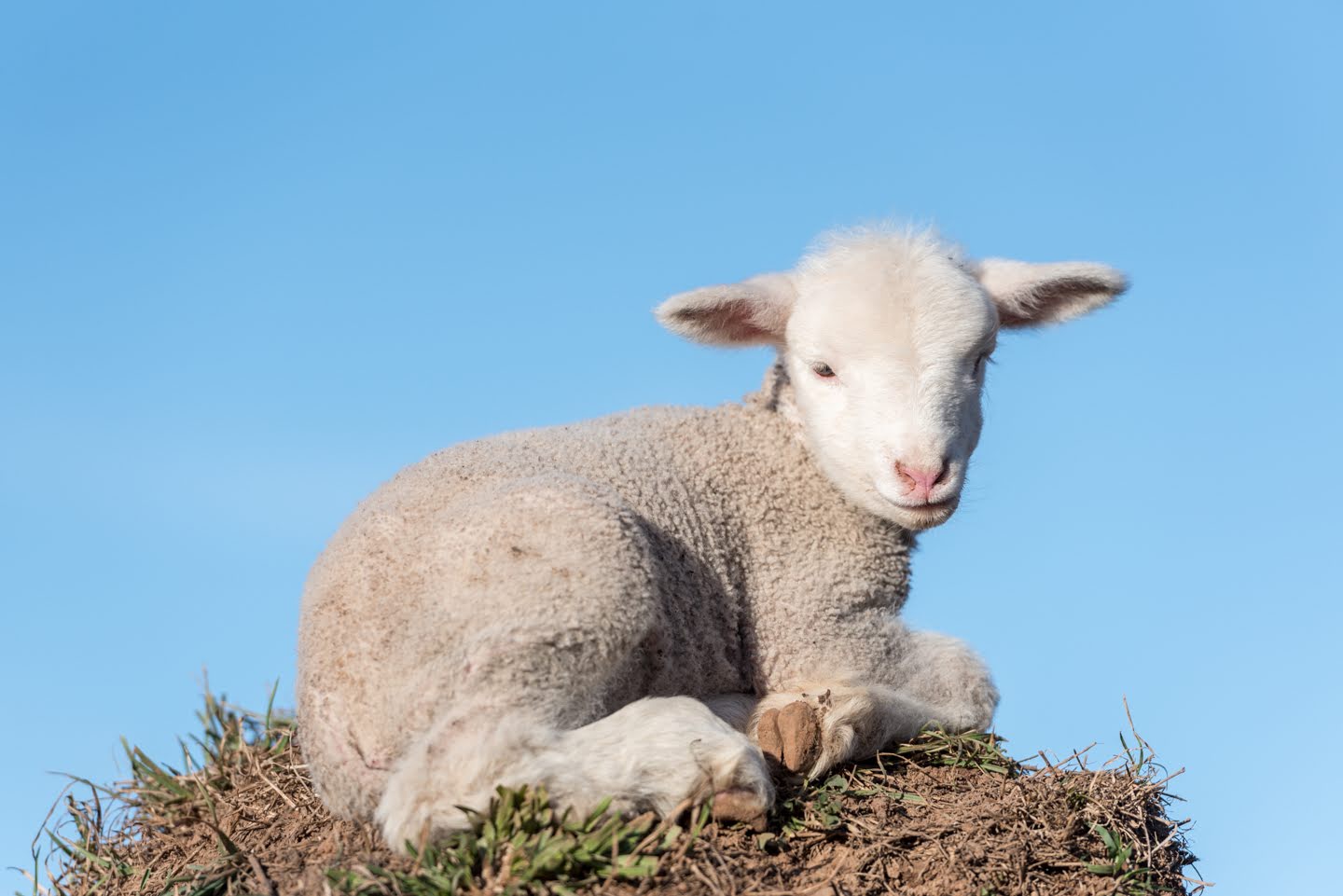Arthritis in sheep
What causes arthritis in sheep?
Outbreaks of arthritis can be caused by a variety of bacteria. Most of the bacteria associated with arthritis are normal ‘environmental’ bacteria found on the skin, in faecal material and in the soil. These then enter the bloodstream via cuts and/or wounds in the skin and then lodge in joints causing inflammation.
Which animals are most at risk?
 Have you noticed that since lamb marking your lambs have swollen joints and/or are lame? If you have, then your lambs may be suffering from arthritis.
Have you noticed that since lamb marking your lambs have swollen joints and/or are lame? If you have, then your lambs may be suffering from arthritis.
Arthritis usually causes lameness and visible swelling of at least two joints in the legs. Young lambs are the most susceptible to developing arthritis following spread of infection from the navel or infected marking, mulesing and/or shearing wounds. Mulesing is said To increase the risk of the development of arthritis in lambs by seven times, and shearing of lambs can increase the risk by four times.
Types of arthritis
There are three main types of arthritis in lambs that you may encounter suppurative, erysipelas and chlamydial.
Suppurative arthritis typically occurs two to seven days after birth if the infection starts in the umbilicus or following marking/mulesing. The shoulder, elbow, knee stifle and hock joints are the joints usually infected. Bacteria commonly involved with suppurative arthritis include streptococcus, staphylococcus, actinomyces pyogenes and fusobacterium necrophorum.
Erysipelas arthritis is caused by the bacterium Erysipelothrix rhusiopathiae. The acute form of erysipelas arthritis typically occurs 10-14 days after marking or mulesing. Initially there is fever and severe joint pain but no obvious heat or swelling. Some lambs will recover from the acute form, but many will progress to the chronic form, which is typically seen in lambs around six months of age. Affected lambs will have thick, swollen joints that contain a large amount of cloudy fluid. With erysipelas arthritis, any joint may be affected but it is usually the elbow, hock and stifle joints.
Chlamydial polyarthritis is caused by the bacterium Chlamydophilia pecorum and typically affects lambs 3-6 months of age. Affected lambs initially will have a fever, become stiff and lame and may be reluctant to move. Affected joints Typically contain cloudy fluid but are not always swollen. It is important to note that Chlamydia pecorum infections can also cause abortion in your ewes.
What can you do to treat and/or prevent arthritis in lambs?
In terms of treatment, the success will depend on the stage of infection in the joints. Antibiotic treatment can be successful when treatment is administered early in the infection. The type of antibiotic you use will depends on the bacteria causing the arthritis, and the most reliable way of diagnosing the type of bacteria is to complete a postmortem and submit samples of the joints to the lab for culture.
Preventing arthritis in lambs is essentially minimising the chance of bacterial contamination of wounds and encouraging rapid wound healing. You can do this by:
- Minimising faecal contamination by lambing into a well-grassed paddock.
- Using a high standard of hygiene at lamb marking by avoiding marking/mulesing in wet or dusty conditions or when there are large numbers of flies around. Also, only use clean instruments for marking/mulesing and change the disinfectant solution for the instruments regularly. If the disinfectant solution appears dirty, then the disinfectant cannot clean the instruments correctly.
- Providing optimal conditions for wound healing by minimising handling of lambs for 3-4 weeks after marking/mulesing, preventing fly irritation of the wounds, and trying to keep lambs dry by avoiding pastures with long, wet grass
- Preventing post-dipping arthritis by avoiding dipping off shears and during times of high grass seed infestation, and ensuring dipping fluids are changed regularly and contain an antiseptic solution.
- Vaccination. A vaccination is also available to help prevent Erysipelas arthritis in lambs, which is administered to ewes prior to lambing. Immunity is then passed to the lamb through colostrum and provides the lamb with protection for 6 to 8 weeks following birth. However, importantly, this vaccine only works on Erysipelas arthritis and not Suppurative or Chlamydial arthritis’.
For more information regarding arthritis in sheep, you can contact your District Vet by calling 1300 795 299 or drop into a nearby Local Land Services office.